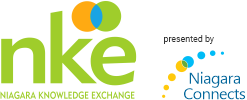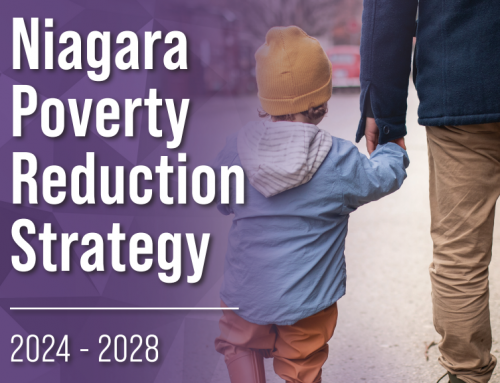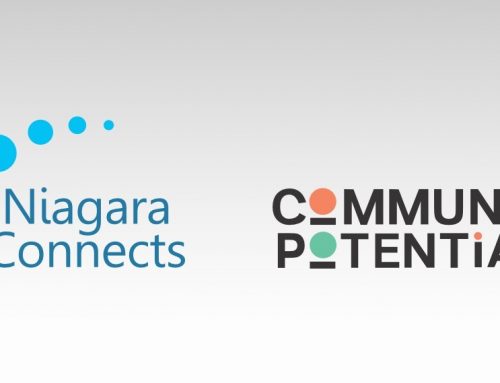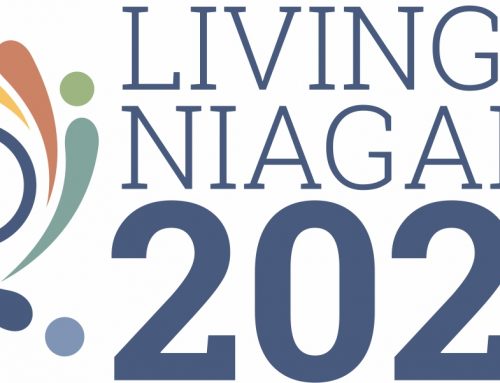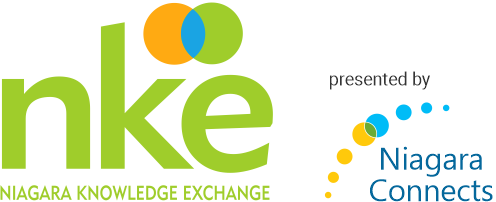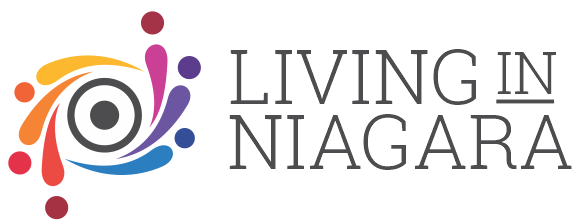In the fall of 2014, the Niagara Poverty Reduction Network (NPRN) established working tables to look at income security and wage issues. One of NPRN’s priorities is advocacy for poverty reduction. Two groups were formed to gather information and to build capacity in the Niagara context– one to examine the concept of Basic Income Guarantee and the other to explore living wage.
Across Ontario, there were several established and emerging living wage communities that were producing living wage reports. It made good sense for a calculation to be done in Niagara region through a collaborative effort between members of NPRN and other interested stakeholders.
A living wage is an evidence‑based hourly rate at which a household in a specific community can meet its basic cost of living requirements. It is meant to reflect what earners in a family of four (two working adults, two young children) need to be paid based on the actual costs of living and being included in community life. Local living wage calculations are based on a national methodology and include figures that reflect the local costs of food, shelter, clothing, transportation, child care, non-OHIP medical insurance, continuing adult education, and items that allow for fuller participation in society, such as communication, family leisure outings, and local recreation.
Early participants at the NPRN living wage table included representatives from the United Way Niagara Falls and Greater Fort Erie, YWCA of Niagara Region, Bridges Community Health Centre, Niagara Region Economic Development, City of St Catharines, Brock University, and Niagara Workforce Planning Board. Through a collaborative 18 month process, the table produced two reports:
- Calculating the Cost of Living in Niagara Region, 2016
- Calculating the Living Wage for Niagara Region, 2016
Calculating the cost of living for a family of four in Niagara region is an opportunity for the NPRN to raise awareness of the challenges thousands of Niagara families face in trying to meet their cost of living needs, such as child care, food, and transportation. It is a useful baseline to explore in detail the different cost of living line items in the report and an opportunity to find solutions to help Niagara families address their cost of living requirements.
The living wage calculation report showcases the equivalent wage needed by two earners to meet their household cost of living needs. This report is intended to:
- Encourage the Niagara community to talk about wages, work, and compensation in different ways
- Act as a guide for employers who want to pay its workers Niagara region’s local living wage
- Generate discussion about other public policy changes needed to support cost of living affordability, such as public transportation and affordable child care.
It is the hope of NPRN that Niagara employers from all sectors – public, private, and not-for-profit-will find these documents useful as a starting point for establishing wages and compensation. In addition, researchers at Niagara College and Brock University may find some interesting research angles from the reports.
Lori Kleinsmith
Chair, Living Wage Working Group, Niagara Poverty Reduction Network
Health Promoter, Bridges Community Health Centre
lori.kleinsmith@bridgeschc.ca
About NPRN: The Niagara Poverty Reduction Network (NPRN) is a group of social agencies, educators, business and government representatives, faith communities and individuals.
NPRN’s vision is “All Niagara residents live above the poverty line.” This vision is supported by a mission that encourages “Private, voluntary and public sectors working together to improve the quality of life in Niagara.” Five values are entrenched in the work of the Niagara Poverty Reduction Network—Collaborative, Inclusive, Innovative, Integrity, Accountable.
